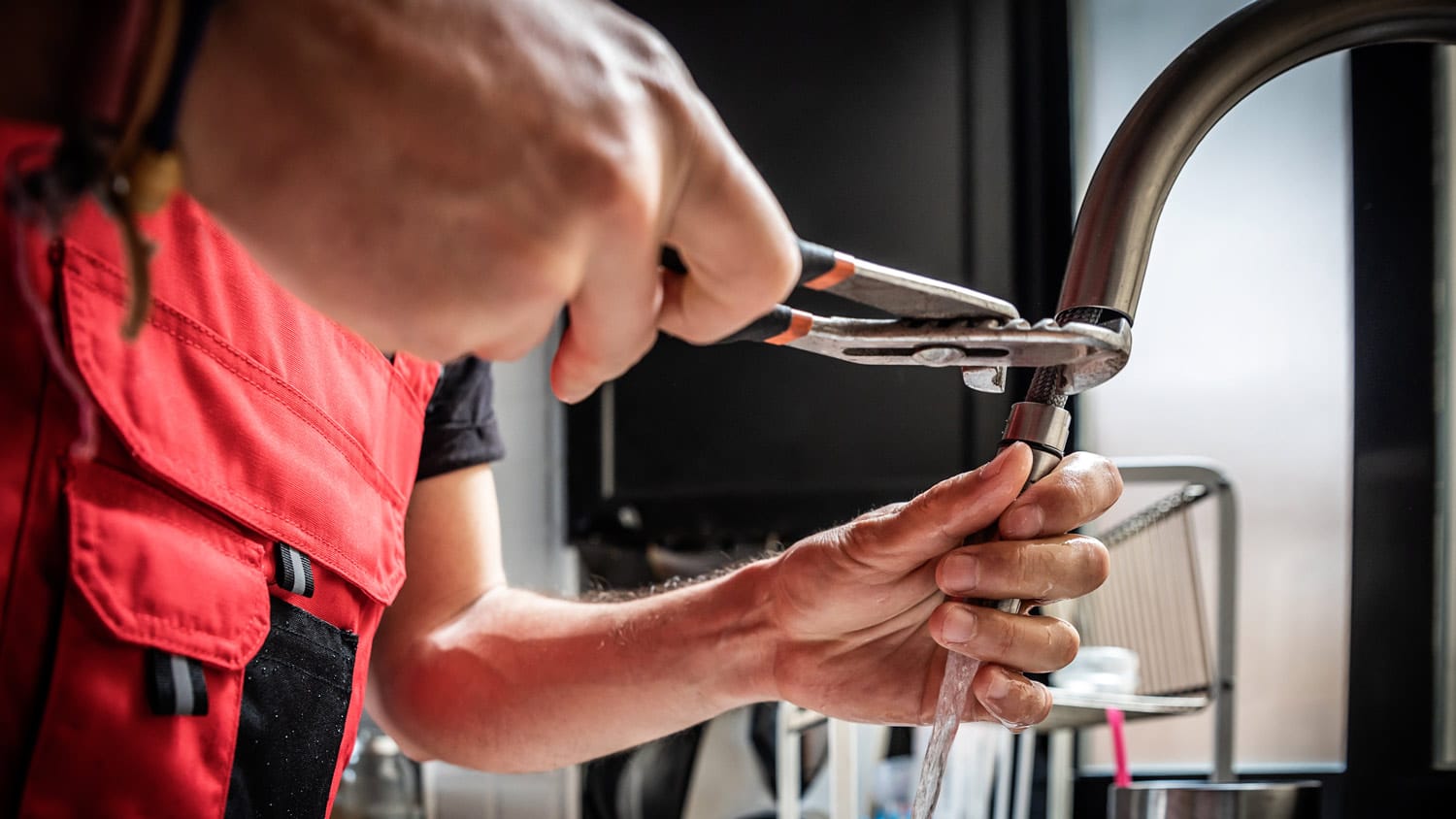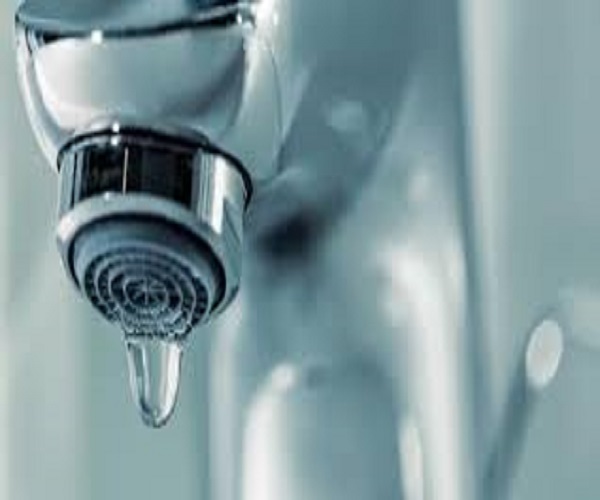We have noticed the article pertaining to The Environmental Impact of Leaky Faucets below on the web and concluded it made good sense to share it with you in this article.

Introduction
A leaky faucet may feel like a small aggravation, yet its effects extend far past the periodic drip. Recognizing the results of a leaking faucet is critical for both homeowners and the atmosphere. In this write-up, we'll explore the different effects of this usual family issue and why resolving it quickly is necessary.
Causes of Leaky Faucets
Leaking faucets can arise from a range of elements, consisting of deterioration, high water stress, and corrosion. Gradually, the continuous use of taps can cause damaged seals and gaskets, causing leaks to develop. Additionally, excessive water pressure can place pressure on plumbing fixtures, resulting in leaks. Corrosion and corrosion can likewise damage tap elements, making them vulnerable to leakage.
Water Wastefulness
One of one of the most significant effects of a leaking tap is water wastefulness. Also a small drip can amount to gallons of wasted water over time. This not only increases water bills however additionally contributes to water deficiency and ecological deterioration. Attending to leaking taps without delay is essential for conserving this valuable source and minimizing its effect on the planet.
Financial Effect
Along with drainage, leaking faucets can likewise have a considerable economic effect. Enhanced water bills are a straight effect of water wastage, setting you back house owners hundreds of dollars yearly. Furthermore, the price of fixing water damages brought on by leaks can be significant, specifically if left ignored for an extensive duration.
Environmental Influence
The ecological impact of leaking faucets prolongs past water waste. By conserving water, house owners can add to broader initiatives to reduce water shortage and protect all-natural communities. Sustainable options such as rain harvesting and water-efficient fixtures can further reduce the ecological footprint of home water usage.
Technical Solutions
Developments in modern technology have caused the growth of smart faucets and water-saving tools that aid lessen water wastefulness. Smart faucets make use of sensors to find activity and adjust water circulation appropriately, reducing waste without giving up convenience. Water-saving tools such as aerators and low-flow showerheads are likewise reliable in saving water without compromising performance.
International Viewpoints
While leaky taps may seem like a local problem, they contribute to broader international challenges such as water shortage and climate modification. In areas currently facing water anxiety, every decline counts, making leakage avoidance and repair service crucial. By adopting water-saving techniques and investing in lasting modern technologies, home owners can play their component in addressing these pressing international concerns.
Regulative Procedures
Government regulations play an important function in mitigating the impact of leaky faucets and promoting water conservation. From developing codes that require water-efficient fixtures to water-saving incentives and discounts, policymakers have a range of tools at their disposal. By implementing and enforcing these policies, governments can guarantee that house owners focus on water conservation in their every day lives.
Community Influence
Addressing leaky taps calls for collective efforts at the neighborhood degree. By increasing understanding concerning the relevance of water conservation and providing sources for leak discovery and repair, neighborhood authorities can equip home owners to act. Efforts such as water-saving discount programs and leak discovery projects can incentivize habits change and promote liable water usage.
Instance Researches
Real-life instances of the impact of dripping taps underscore the importance of aggressive upkeep and timely repair services. From water damage to skyrocketing water expenses, the repercussions of ignoring leaks can be extreme. By sharing these case studies, house owners can much better recognize the significance of attending to leaky faucets immediately.
Educational Campaigns
Educational campaigns play an essential role in increasing awareness concerning the impacts of dripping taps and promoting water preservation practices. With workshops, seminars, and on-line sources, homeowners can find out exactly how to detect and fix leakages themselves. By empowering people with knowledge and tools, academic projects can cultivate a culture of liable water usage within areas.
Health Worries
Leaky faucets can produce favorable atmospheres for mold and mildew and mold growth, posing health dangers to occupants. The visibility of mold and mildew can exacerbate respiratory system concerns and allergic reactions, specifically in susceptible individuals. Additionally, water damage arising from leaks can endanger the architectural integrity of buildings and cause expensive fixings.
DIY vs. Expert Repair service
When faced with a leaky tap, property owners typically debate whether to attempt repairs themselves or hire a professional plumber. While do it yourself fixings can conserve money, they may not always attend to the hidden problem properly. Specialist plumbings have the experience and devices to detect and take care of leaks properly, guaranteeing long-term solutions and satisfaction for house owners.
Safety nets
Stopping dripping taps requires regular maintenance and aggressive procedures. Simple jobs such as changing worn-out washing machines and seals can avoid leakages from developing. Additionally, updating to high-grade fixtures and reducing water stress can aid lengthen the life-span of taps and decrease the risk of leakages.
Final thought
To conclude, the impacts of a dripping tap expand much beyond the periodic drip. From water wastefulness and enhanced water expenses to wellness problems and ecological effect, the repercussions of disregarding leaks can be significant. By addressing dripping taps promptly and taking on water-saving techniques, home owners can mitigate these results and add to a much more lasting future.
Why You Shouldn’t Ignore a Leaky Faucet in Your Home
What Causes a Leaky Faucet?
Various factors can cause a leak, from loose and worn-out parts to corrosion. Your faucet has four essential components from which most plumbing issues will stem: the O-ring, the valve seat, the washer and the gasket.
What Is an O-Ring?
The O-ring is a stem screw that fastens parts of the faucet in place, preventing water from leaking out of the spout. Depending on your faucet type, the stem might have multiple O-rings. Water will drip from the faucet’s handles and base if this part breaks or deteriorates.
What Is a Valve Seat?
The valve seat controls the flow and temperature of the water. Found at the base of the handle, it works as a seal for the faucet’s stem. The valve seat ensures the water is allowed to flow or is blocked as the handles dictate. You’ll know it’s malfunctioning when water leaks from your faucet’s sides.
What Is a Gasket?
The gasket is found between the water inlet and the valve stem. It creates a seal between the faucet and the sink, holding its joints by aerators attached to the stem’s head. Water will trickle out from the base if the gasket isn’t working.
What Is a Washer?
The washer secures the handles and prevents leakage, serving a similar purpose to the O-ring. While the O-ring is ordinarily round and made from an elastic material, such as rubber, the washer is square-shaped and composed of brass, copper and other hard metals. If it malfunctions, corrodes or has been improperly installed, water will leak out of the handles, causing that incessant faucet drip.
Why Is a Leaky Faucet Dangerous?
A leaky faucet left alone for too long can have significant consequences.
Pest Infestations
Since bugs and rodents gravitate towards the scent of water, a leaky faucet will draw pests to your sink. Both are looking for leaks accessible through crawl spaces, which a faucet provides. If you leave water dripping for too long, you run the risk of an infestation.
Rust
If one of the faucet parts has started to corrode, the resulting rust can spread to your pipes and valves with startling speed. The rust might even lead to cracks or other impairments, resulting in more severe plumbing issues.
Your sink could also sustain damage from a leaky faucet. The water in your tap possesses sparse elements of calcium and iron that can stain your sink with repeated and prolonged exposure. Once those elements in the water have been open to the air for some time, your sink will start to rust, creating marks that can be difficult to remove.
https://www.tomsmechanical.com/blog/why-you-shouldnt-ignore-a-leaky-faucet-in-your-home

I am very fascinated with Here's How to Fix a Leaky Faucet and I'm hoping you enjoyed my post. Enjoyed reading our entry? Please share it. Let another person discover it. Thanks so much for your time spent reading it.